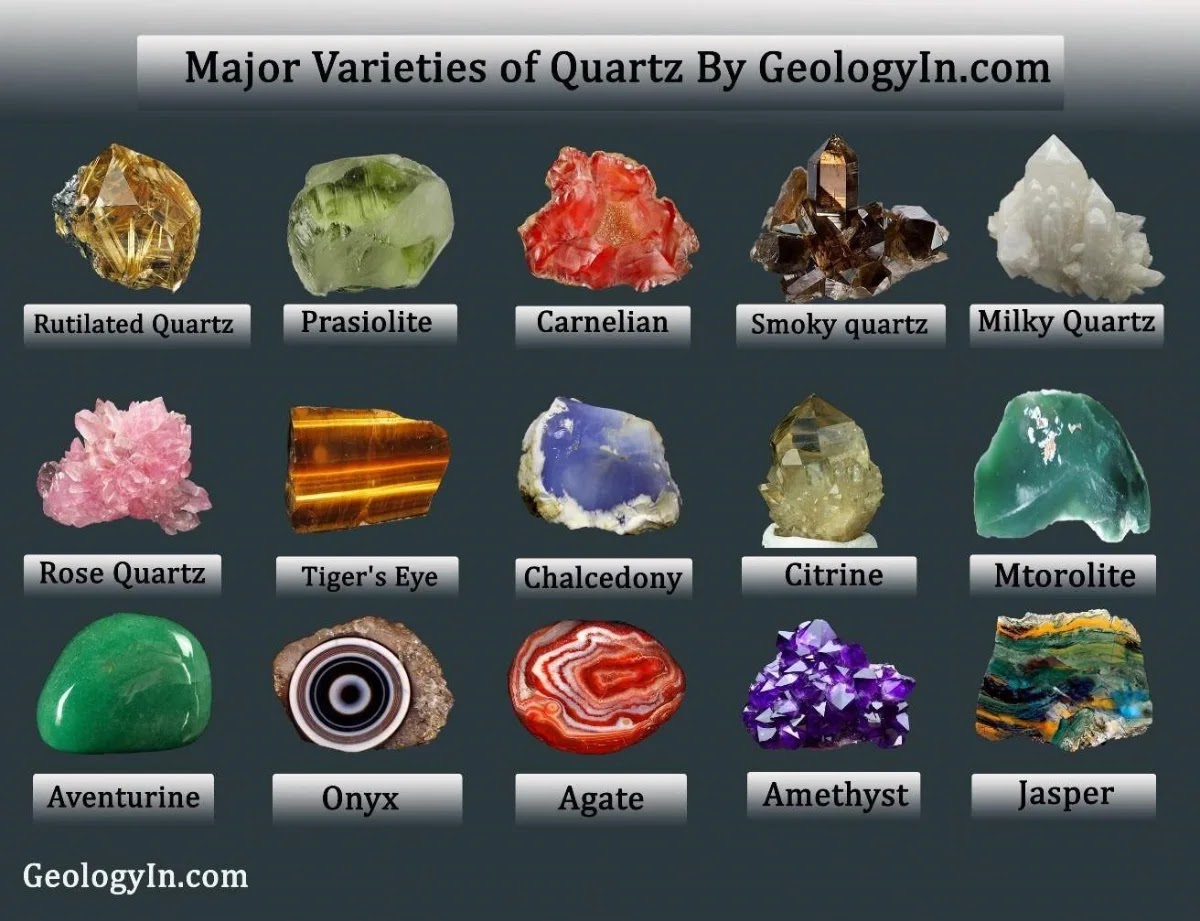Facts About the Ring of Fire
The Ring of Fire is a horseshoe-shaped zone around the Pacific Ocean known for its intense geological activity, including a high concentration of volcanoes and earthquakes. Spanning approximately 40,000 kilometers (25,000 miles) in length and up to 500 kilometers (310 miles) wide, it is one of the most dynamic regions on Earth.
Also known as the Pacific Ring of Fire, the Rim of Fire, the Girdle of Fire, or the Circum-Pacific Belt, this region is one of the most geologically active areas on Earth.
What is the Ring of Fire
The Ring of Fire is not a literal ring but a vast arc of seismic and volcanic activity. It was formed by the movement and interactions of tectonic plates surrounding the Pacific Ocean basin. These plate boundaries create subduction zones where one plate is forced beneath another, generating intense geological phenomena.
Location and Countries
The Ring of Fire stretches over 40,000 kilometers (25,000 miles) and touches 17 different countries, including:
- North America: USA (Alaska), Canada, Mexico
- Central America: Guatemala, El Salvador, Honduras, Nicaragua, Costa Rica, Panama
- South America: Colombia, Ecuador, Peru, Chile, Argentina
- Asia: Japan, Philippines, Indonesia
- Oceania: New Zealand, Papua New Guinea
Over 75% of the world's population lives in the Ring of Fire, making it one of the most populous geological regions on the planet.
 |
| The Ring of Fire Map |
Volcanic Activity
Approximately 75% of the world's active or dormant volcanoes are located along the Ring of Fire, with an estimated 450 to 500 volcanoes. The interaction of tectonic plates generates friction, causing magma to rise and form volcanoes.
Notable examples include:
- Mount Fuji (Japan)
- Mount St. Helens (United States)
- Krakatoa (Indonesia): The 1883 eruption of Krakatoa was among the most powerful in recorded history, with a force equivalent to 200 megatons of TNT. The event triggered tsunamis, killing over 36,000 people and altering global climates for years.
Earthquake Hotspot
Roughly 90 percent of all earthquakes occur along the Ring of Fire. This is also because of the movement of tectonic plates. The Pacific Plate is being subducted beneath the surrounding tectonic plates, which causes the immense pressure that leads to volcanic eruptions and earthquakes.
Significant events include the 2011 Tōhoku Earthquake in Japan (magnitude 9.1) and the 1960 Valdivia Earthquake in Chile (magnitude 9.5), the strongest ever recorded.
Tectonic Plates
The Ring of Fire’s dynamic geology results from the interactions of several major and minor tectonic plates:
- Major Plates: Pacific Plate, North American Plate, Eurasian Plate, Indo-Australian Plate
- Smaller Plates: Philippine Sea Plate, Juan de Fuca Plate, and Cocos Plate
These movements have shaped the region’s mountains, trenches, and volcanic activity.
World’s Deepest Trench
The Ring of Fire is home to the Mariana Trench, the deepest point on Earth, located east of the Mariana Islands in the western Pacific Ocean. The trench reaches a depth of 10,994 meters (36,070 feet), surpassing the height of Mount Everest. This trench is formed by the subduction of the Pacific Plate beneath the Mariana Plate.
Natural Disasters
The Ring of Fire is prone to a range of natural disasters, including earthquakes, volcanic eruptions, tsunamis, and landslides.
Geothermal Energy
The Ring of Fire’s volcanic activity makes it a significant source of geothermal energy. Countries like New Zealand and Iceland utilize geothermal resources for electricity generation and heating.
 |
| Ring of Fire |
Diverse Climates and Ecosystems
The Ring of Fire encompasses a wide variety of climates and ecosystems, from the snow-capped Andes Mountains in South America to the tropical rainforests of Southeast Asia. This diversity supports unique plant and animal life across the region.
Future Supercontinent
Geologists hypothesize that the Ring of Fire may contribute to the formation of a future supercontinent. The slow movement of tectonic plates around the Pacific Ocean could, over millions of years, lead to their eventual collision, creating a landmass akin to Pangaea, which existed over 300 million years ago.
The Ring of Fire is a powerful reminder of the Earth's constantly changing geology. The volcanoes and earthquakes in this region can have a devastating impact on human populations, but they also play an important role in shaping the planet's landscape and ecosystems.


%20(1).webp)






